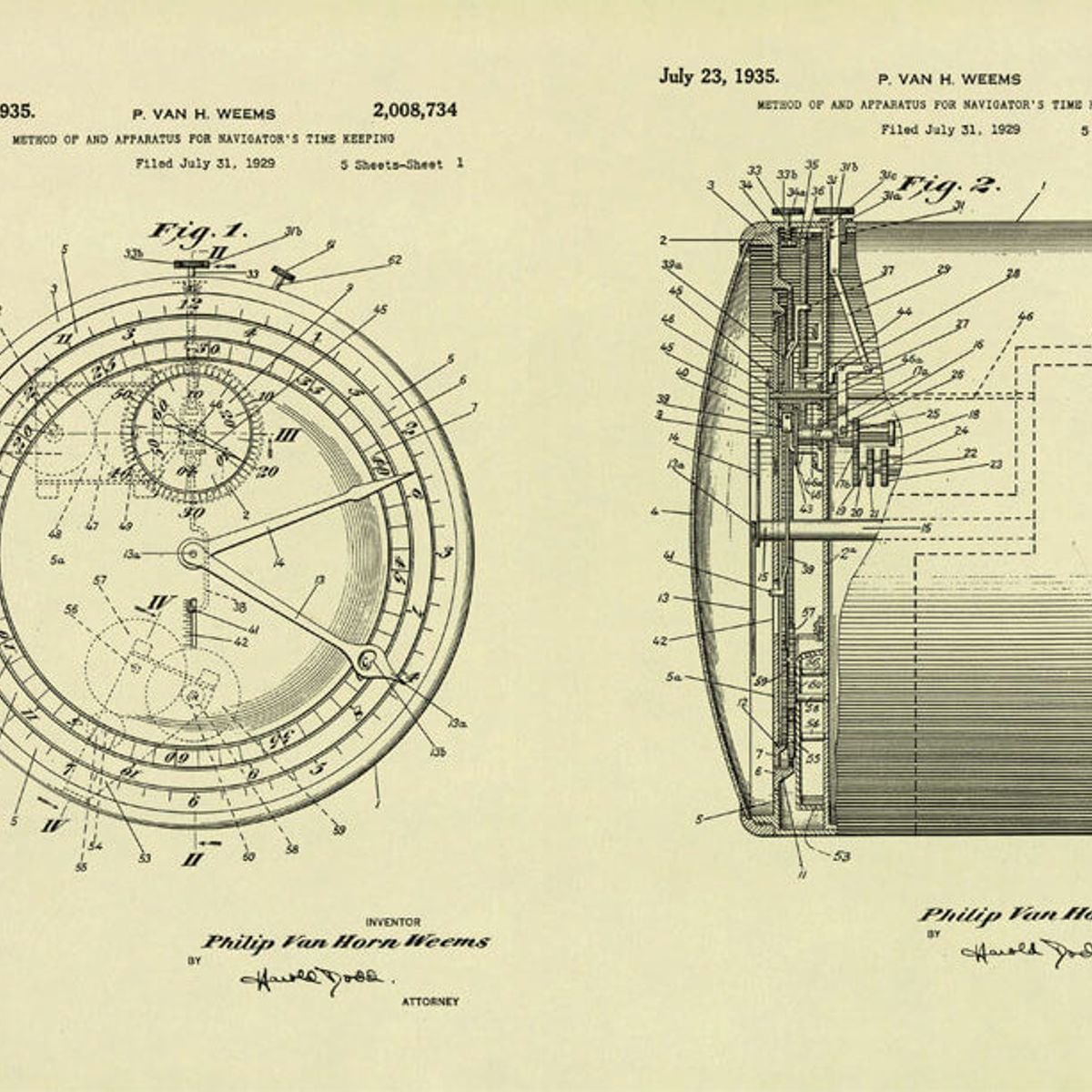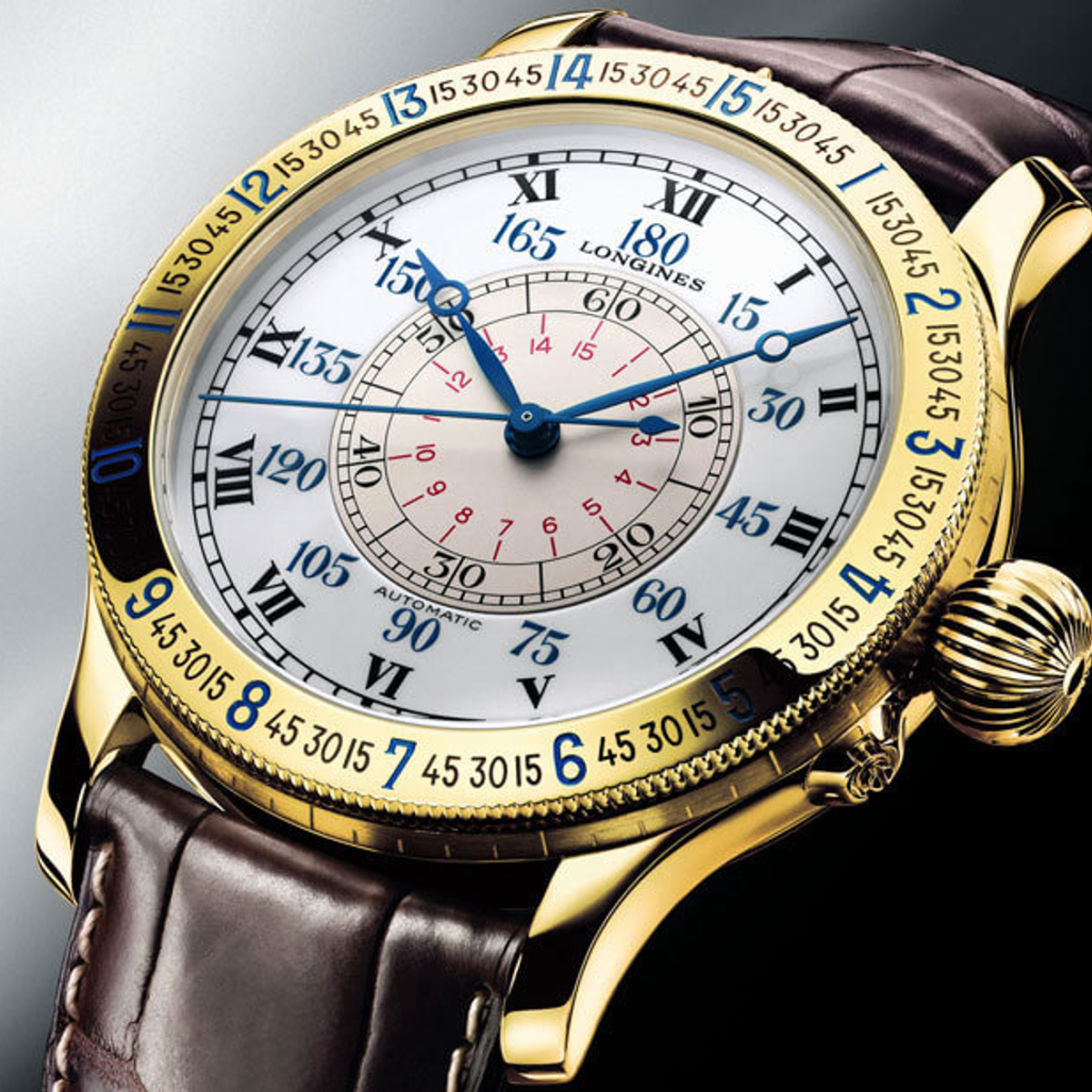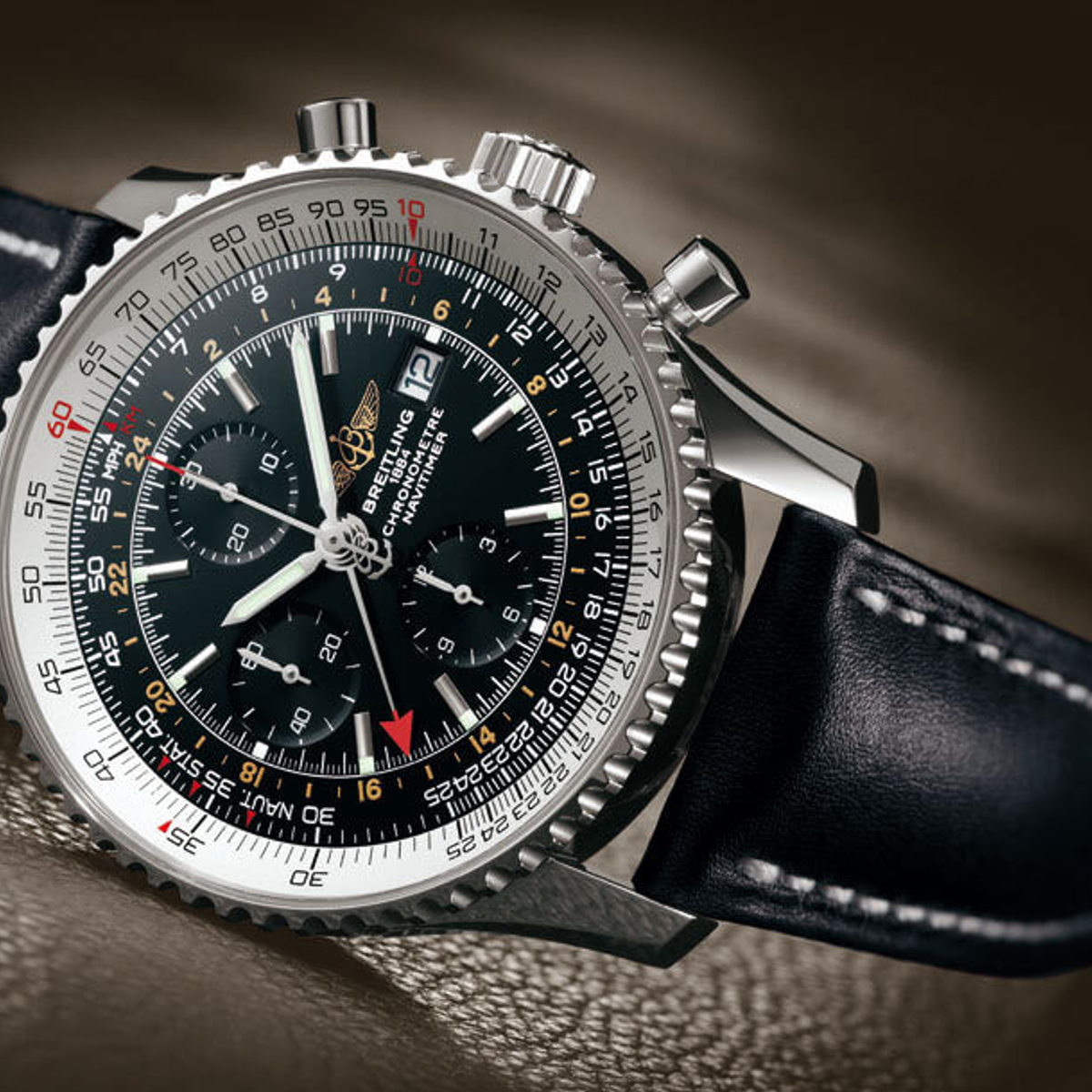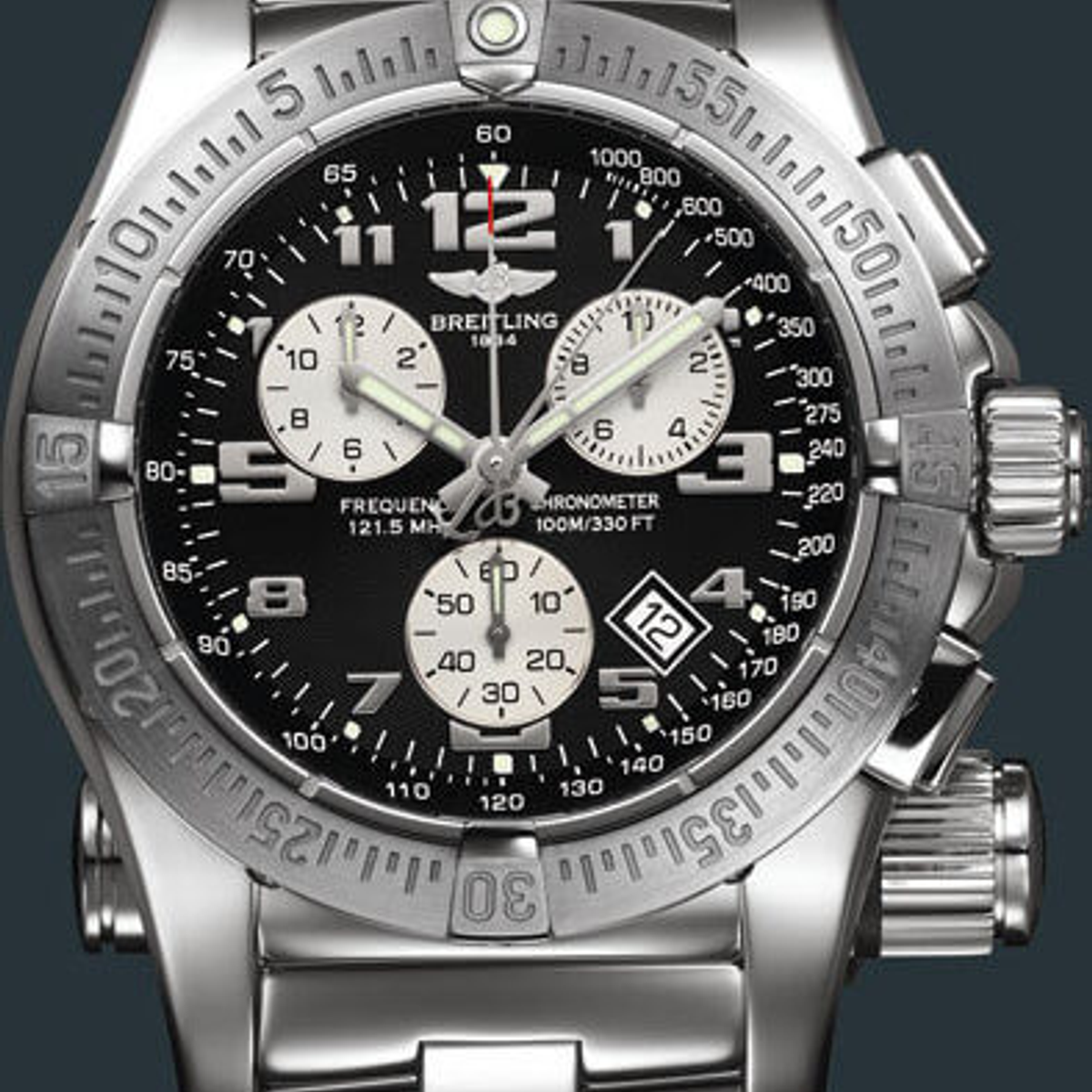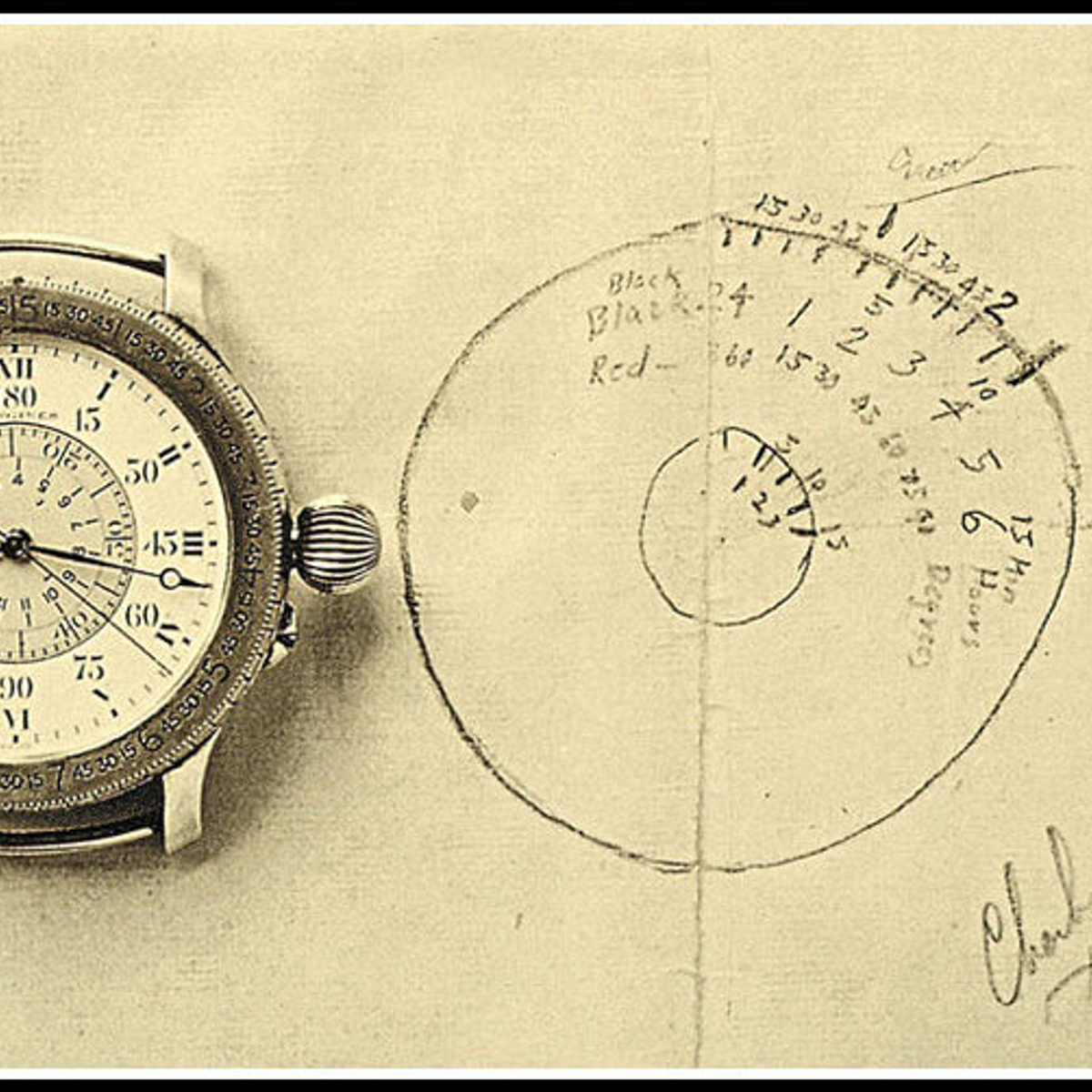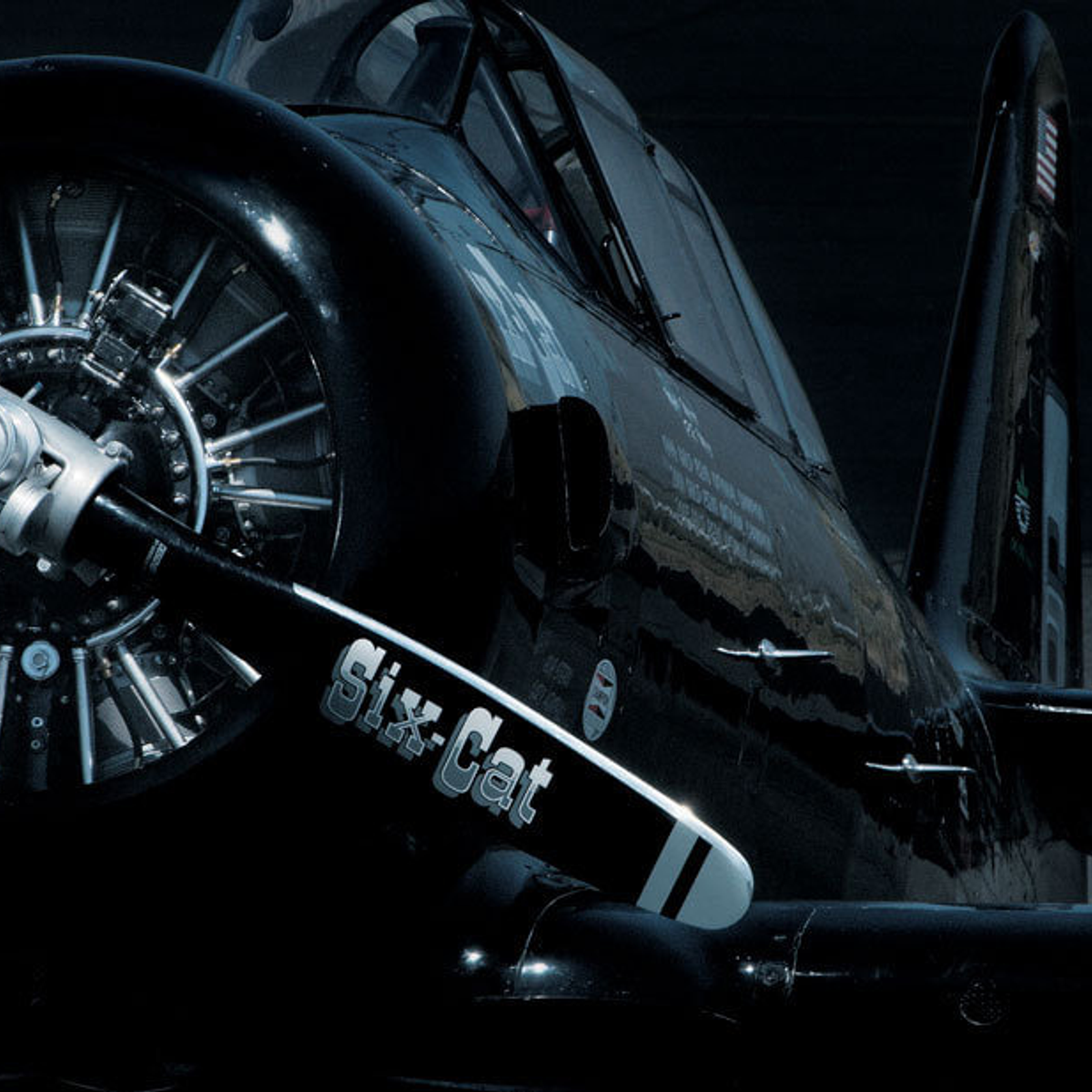There are no direction signs in the sky, which is why a plane never leaves the ground without a means of knowing the time. Whether to calculate position, follow a flight plan or synchronise a change in course, a pilot has to know the time, which is why every plane has a cockpit clock. Today, electronics has taken over with GPS and other ultra-precise navigational instruments. Before then, though, watchmakers went out on a wing to develop innovative navigational aids.
With Europe heading deeper into war as of 1939, armies of every nation were turning out military equipment by the ton, including aircraft. The factories that produced these planes ordered thousands of cockpit clocks to equip them… and Swiss watchmakers seized on this opportunity fallen from the sky. LeCoultre (now Jaeger-LeCoultre), IWC, Omega, Lemania, Patek Philippe and Vacheron Constantin were among the manufacturers delivering the goods. Even as production lines were kept busy supplying the military, research into other areas continued to forge ahead. Several brands had already seen a gap in the market for practical timepieces for pilots, in particular wristwatches with innovative functions. Longines, which had already carved out a name in timing sporting events such as the Olympic Games, pushed ahead in the two areas of aeronautics with the greatest potential for watchmakers: calculating position and measuring short intervals.

